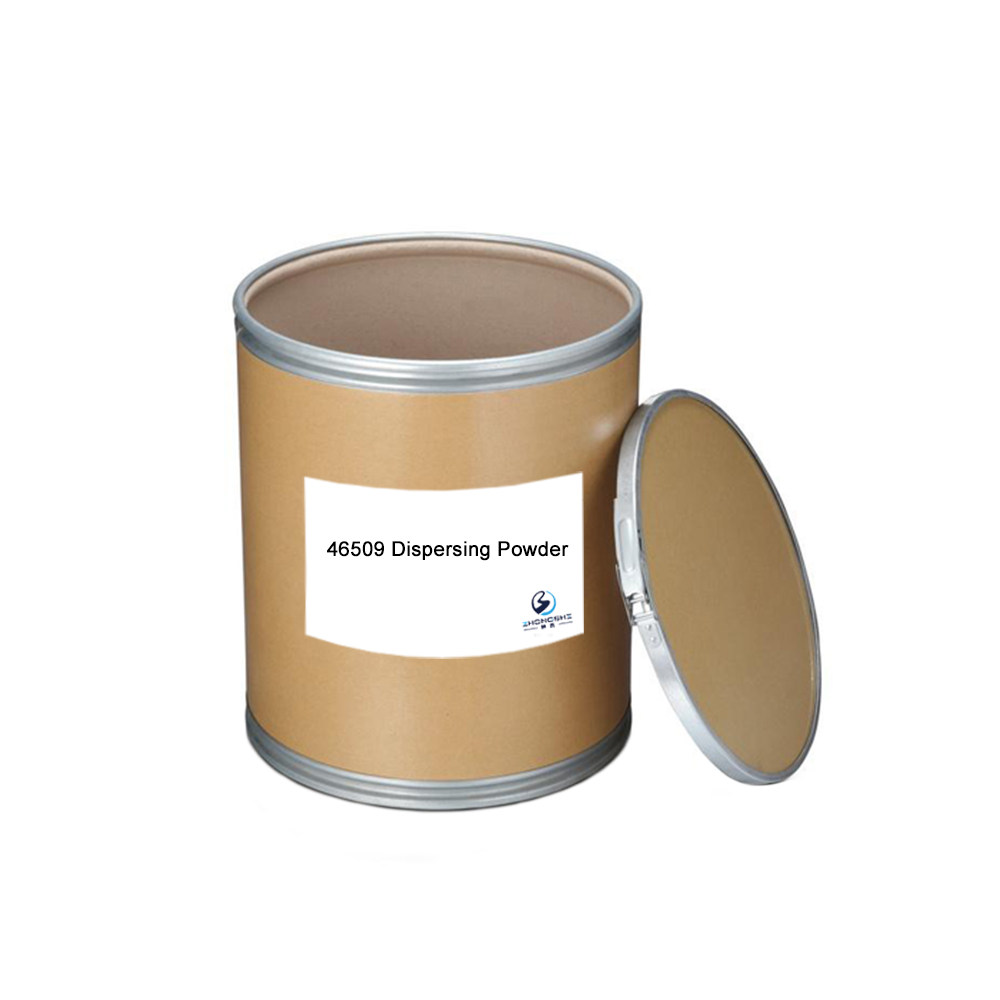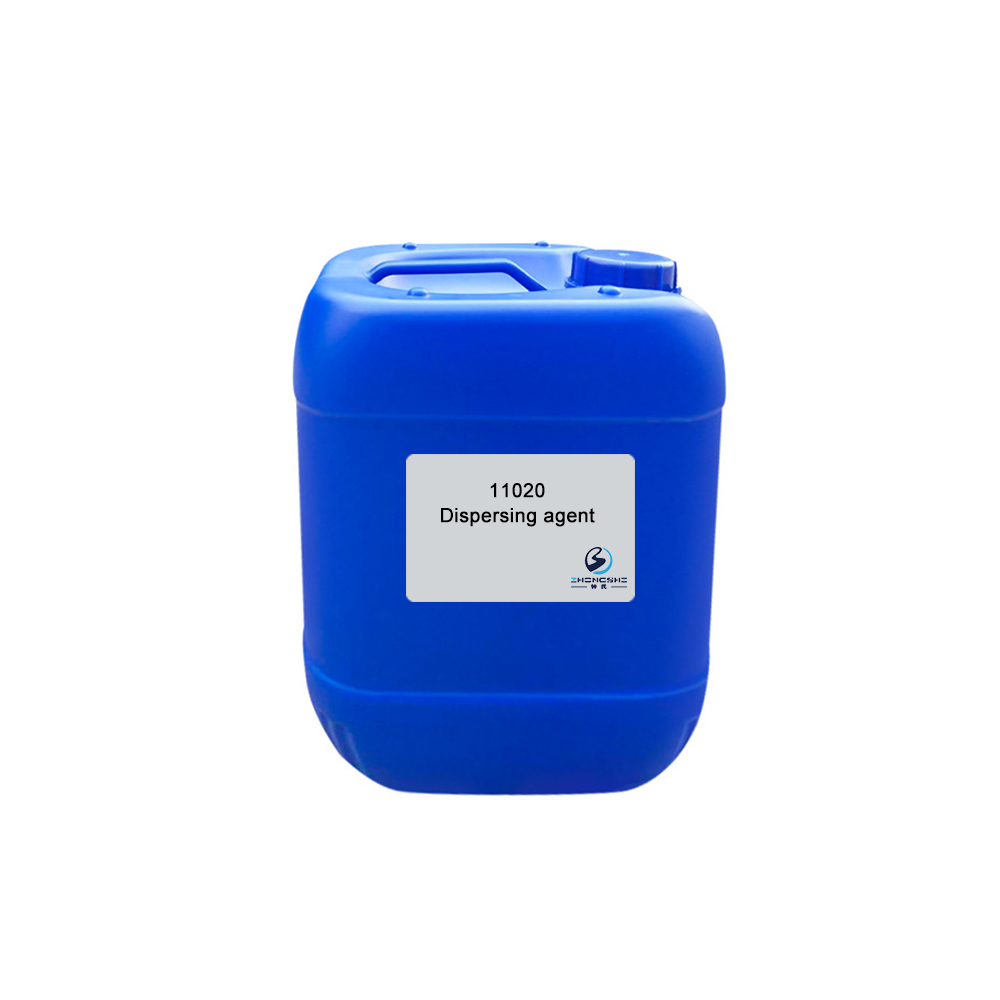46509 Dispersing Powder
Features & Benefits
- Excellent stability and dispersity. Can be used as protective colloid in dyeing process.
- Stable in acid, alkali, electrolyte and hard water.
- Easily solute in water. Low foam.
- Easy for using.
Typical Properties
| Appearance: | Yellowish-brown powder |
| Ionicity: | Anionic |
| pH value: | 7.5±1.0 (1% aqueous solution) |
| Solubility: | Soluble in water |
| Application: | Polyester, wool, nylon, acrylic and their blends, etc. |
Package
50kg cardboard drum & customized package available for selection
TIPS:
Principles of dyeing
The objective of dyeing is to produce uniform coloration of a substrate usually to match a pre-selected color. The color should be uniform throughout the substrate and be of a solid shade with no unlevelness or change in shade over the whole substrate. There are many factors that will influence the appearance of the final shade, including: texture of the substrate, construction of the substrate (both chemical and physical), pre-treatments applied to the substrate prior to dyeing and post-treatments applied after the dyeing process. The application of color can be achieved by a number of methods, but the most common three methods are exhaust dyeing (batch), continuous (padding) and printing.
Vat dyes
These dyes are essentially water-insoluble and contain at least two carbonyl groups (C=O) that enable the dyes to be converted by means of reduction under alkaline conditions into a corresponding water-soluble ‘leuco compound’. It is in this form that the dye is absorbed by the cellulose; following subsequent oxidation the leuco compound regenerates the parent form, the insoluble vat dye, within the fiber.
The most important natural vat dye is Indigo or Indigotin found as its glucoside, Indican, in various species of the indigo plant indigofera. Vat dyes are used where very high light- and wet-fastness properties are required.
Derivatives of indigo, mostly halogenated (especially bromo substituents) provide other vat dye classes including: indigoid and thioindigoid, anthraquinone (indanthrone, flavanthrone, pyranthone, acylaminoanthraquinone, anthrimide, dibenzathrone and carbazole).









